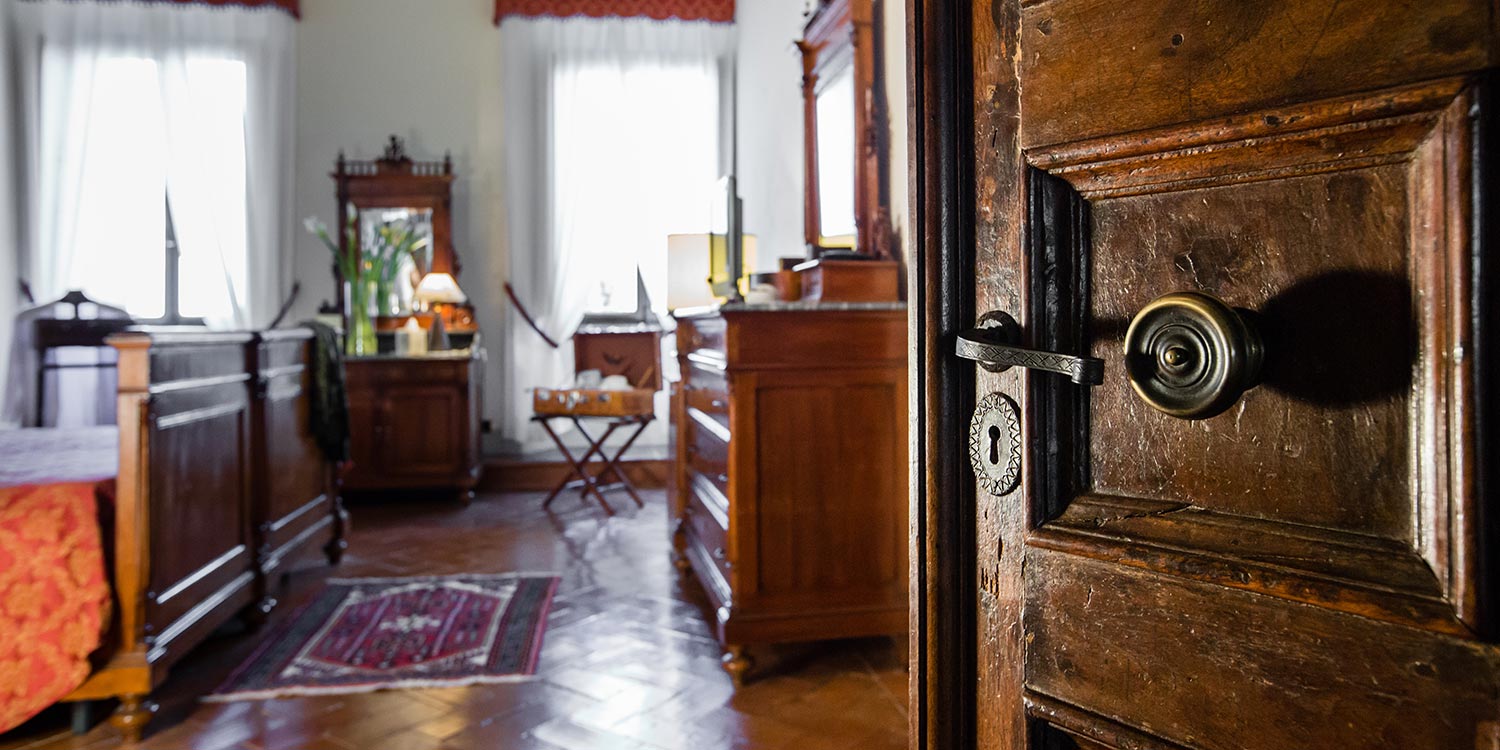
How to recognize authentic Renaissance-style furnishings

The furniture has always been faithful and discreet witnesses of human affairs, of changing times and of the evolution of taste. Discover with us how to recognize authentic Renaissance-style furnishings!
Italian furniture from the Middle Ages to the Renaissance
Furniture production have an ancient history that goes through times and eras.
The ancient civilizations of the Mediterranean and Mesopotamia, such as the Egyptian or the Assyrian-Babylonian, had reached very high technical levels in the processing of stone, wood and metals, creating incomparable furnishings.
In the Middle Ages, an era marked by wars and political instability causing the loss of many cultural and technical knowledge acquired during antiquity, the furniture was rustic, without decorations and poor in types.
Among the various types of medieval furniture it is especially important the chest, from which the sideboard will derive. As far as the seats after the year 1000 are concerned, the first three-legged stools make their appearance.
However, it will be only in the thirteenth century that the furniture will begin to present stylistic features under the formal and decorative features, with references first to the late Romanesque and then to the Gothic period.
The recurrent motifs of the gothic are the cruciform flowers, the rosettes, the pointed arches, the parchment motif, the fantastic and symbolic animals, the tendrils and the garlands. In the construction, oak and walnut wood are predominant.
Renaissance style furnishings: how to recognize it
The term Renaissance rather than a style, it refers to the artistic culture that in Italy had Tuscany as its center of expansion and, in particular, the city of Florence.
This movement can be divided into three periods:
- The early Renaissance or Humanism, from 1400 to 1500;
- The high Renaissance, from 1500 to 1540;
- The late Renaissance, from 1540 to 1600.
In this cultural context, splendid and unrepeatable, the evolution of furniture is enriched with new models such as simple and double-bodied beliefs, benches, cabinets, beds with base and canopy, which, under the constructive aspectc, can be traced back to the architectural forms.
Features of the Renaissance style furnishings are also folding chairs: the savonarola and the dante.
The volumes, strictly square, are decorated with frames, moldings, beads, pilasters, capitals, lozenges, bugnature, paws and lion heads, grotesques, masks, all elements and motifs of the classical tradition.
Walnut becomes the main wood in the construction and various decorative techniques are refined, such as the pastille, the graffito, the inlay and the carving.
It takes a good eye to recognize authentic Renaissance-style furniture from a fake author, but the elegance of original furnishings is immediately apparent.
At Villa Campestri, for example, the 25 rooms and suites of the Resort are arranged according to the original layout of the Renaissance period, expertly restored and furnished with authentic period furniture.
If you love the Renaissance style, discover the magic and the wonderful emotions that our luxury Resort can awaken in all the people who choose to immerse themselves in this wonderful atmosphere.
Quick Booking snippet
Tuscany, an Italian region renowned for its cultural and historical wealth, is home to numerous UNESCO World Heritage Sites. These sites represent not just the architectural and artistic beauty of the region but also its significant historical heritage.
Italian cuisine, celebrated globally, is a mosaic of flavors and traditions. From the rolling hills of Tuscany to the bustling streets of Naples, each region contributes its unique essence to what we recognize as Italian cuisine. This culinary journey explores how history, culture, and regional diversity have shaped the renowned gastronomy of Italy.
Tuscany is world-renowned for its rich winemaking tradition, a heritage rooted in centuries of history and culture. In this detailed guide, which is like a true oenological journey, we will discover not only the fine wines of the region but also the traditions and landscapes that make Tuscany an unmissable destination for wine lovers.
In the heart of Italy, Tuscany stands out as one of the most emblematic regions for wine production. Famous for its landscape of gentle hills, cypress trees, and picturesque villages, this region is also a paradise for wine lovers. Tuscan vineyards, nourished by fertile soil and an ideal climate, produce wines that are appreciated worldwide […]
For those looking for a firsthand experience, the Agricultural Tourism Company Badia di Susinana offers horseback rides and trekking and riding courses with a guide, in addition to hospitality for horses and riders, located in Palazzuolo sul Senio. Alternatively, the Farm I Cavalli del Vento allows crossing beech forests and vast chestnut groves, with rides […]
Sport fishing in Tuscany offers a wide range of opportunities due to the abundance of inland and coastal waters in the region. Specifically, the province of Pistoia, with Lake Nievole in Serravalle Pistoiese, is renowned for trout fishing and other fish such as carp, grass carp, tench, and sturgeon, with a catch and release rule. […]
In Val di Chiana, to savor an authentic Chianina steak, there are several renowned restaurant options: 1. Ristorante Casa Cecco: Offers the chance to taste a Chianina steak in a farmhouse dating back to 1600. 2. Agriturismo di Trequanda: Here, Chianina meat, raised in local pastures and processed by the company’s trusted butcher shop, becomes […]
The Italian Quattrocento was a period of extraordinary artistic effervescence that produced numerous world-renowned artists. Among them, some of the most influential were: 1. Andrea Mantegna (1431–1506): A painter and engraver from Padua, famous for his frescoes in the Camera degli Sposi in Mantua.
